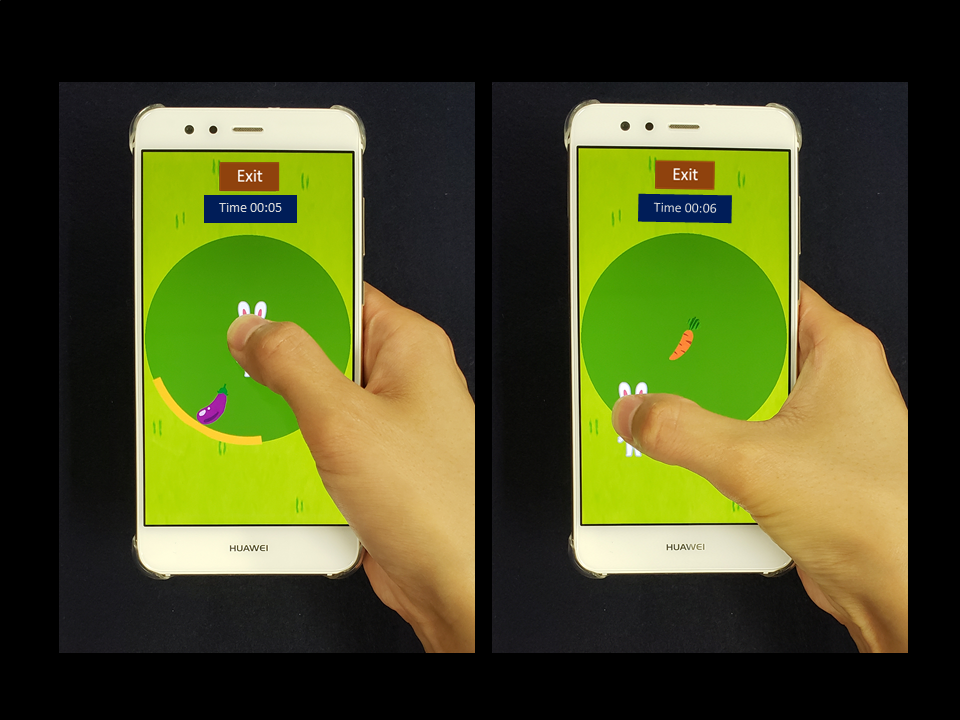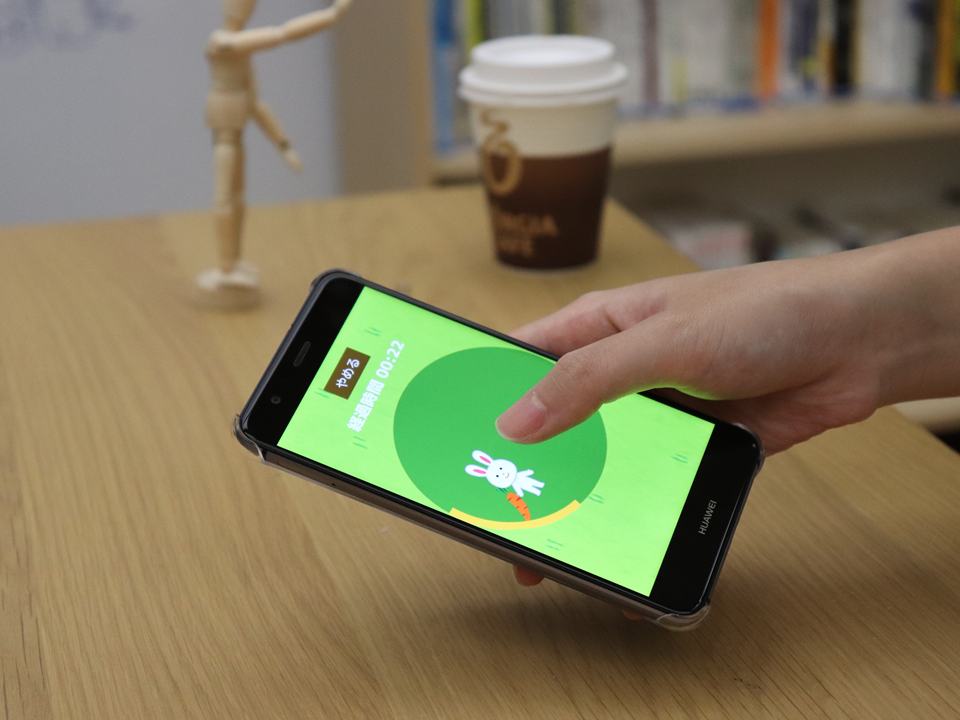モバイル端末を用いた異常検知による手根管症候群患者スクリーニングシステム
A Screening Method Using Anomaly Detection on a Smartphone for Patients With Carpal Tunnel Syndrome: Diagnostic Case-Control Study
2020
小山恭史,佐藤修祐,鳥海まどか,渡辺拓郎,二村昭元,大川淳,杉浦裕太,藤田浩二
Takafumi Koyama, Shusuke Sato, Madoka Toriumi, Takuro Watanabe, Akimoto Nimura, Atsushi Okawa, Yuta Sugiura, Koji Fujita
[Reference /引用はこちら]
Koyama T, Sato S, Toriumi M, Watanabe T, Nimura A, Okawa A, Sugiura Y, Fujita K, A Screening Method Using Anomaly Detection on a Smartphone for Patients With Carpal Tunnel Syndrome: Diagnostic Case-Control Study, JMIR Mhealth Uhealth 2021;9(3):e26320. [DOI]
手根管症候群は,手指の痺れや母指の運動機能障害を引き起こす疾患である.本研究ではスマートフォンを用いたゲームアプリケーションから取得された親指の動きのデータを利用して,オートエンコーダによる手根管症候群のスクリーニングを行うシステムを実装した.本システムを用いて手根管症候群患者の検出精度の評価実験を行ったところ,感度は94%,特異度は67%,AUCは0.86となった.
Background: Carpal tunnel syndrome (CTS) is a medical condition caused by compression of the median nerve in the carpal tunnel due to aging or overuse of the hand. The symptoms include numbness of the fingers and atrophy of the thenar muscle. Thenar atrophy recovers slowly postoperatively; therefore, early diagnosis and surgery are important. While physical examinations and nerve conduction studies are used to diagnose CTS, problems with the diagnostic ability and equipment, respectively, exist. Despite research on a CTS-screening app that uses a tablet and machine learning, problems with the usage rate of tablets and data collection for machine learning remain.Objective: To make data collection for machine learning easier and more available, we developed a screening app for CTS using a smartphone and an anomaly detection algorithm, aiming to examine our system as a useful screening tool for CTS.
Methods: In total, 36 participants were recruited, comprising 36 hands with CTS and 27 hands without CTS. Participants controlled the character in our app using their thumbs. We recorded the position of the thumbs and time; generated screening models that classified CTS and non-CTS using anomaly detection and an autoencoder; and calculated the sensitivity, specificity, and area under the curve (AUC).
Results: Participants with and without CTS were classified with 94% sensitivity, 67% specificity, and an AUC of 0.86. When dividing the data by direction, the model with data in the same direction as the thumb opposition had the highest AUC of 0.99, 92% sensitivity, and 100% specificity.
Conclusions: Our app could reveal the difficulty of thumb opposition for patients with CTS and screen for CTS with high sensitivity and specificity. The app is highly accessible because of the use of smartphones and can be easily enhanced by anomaly detection.


